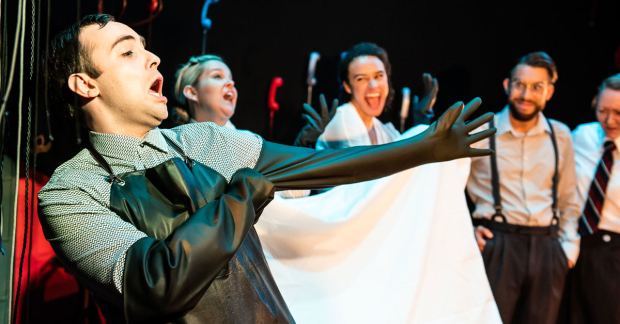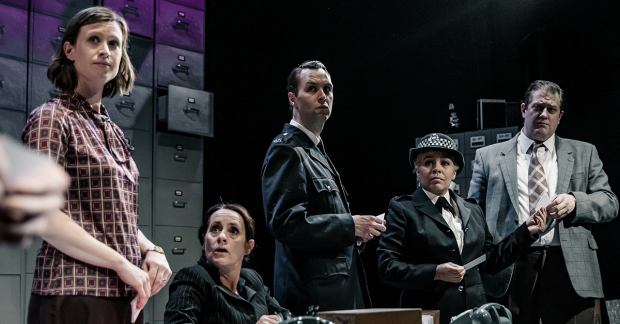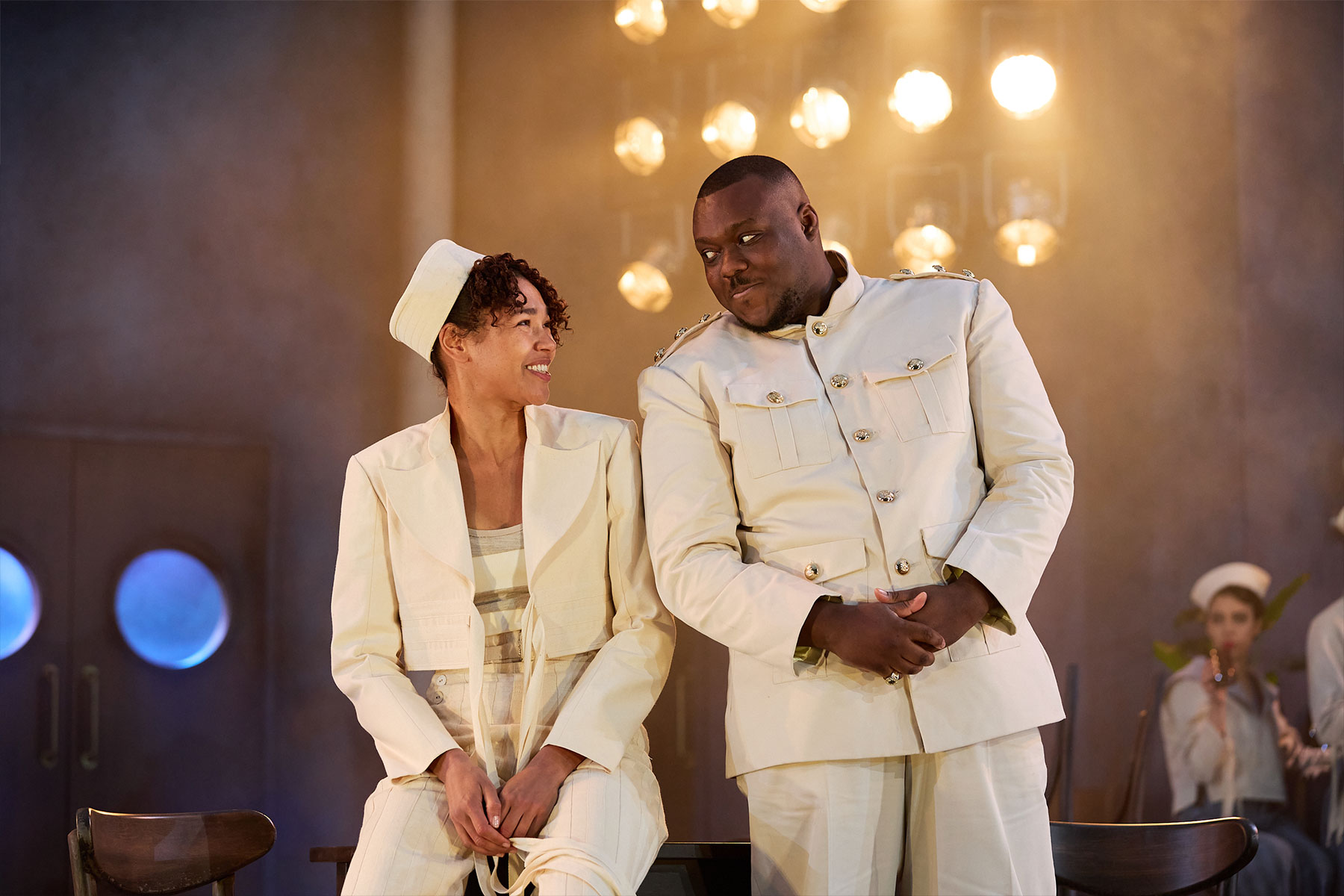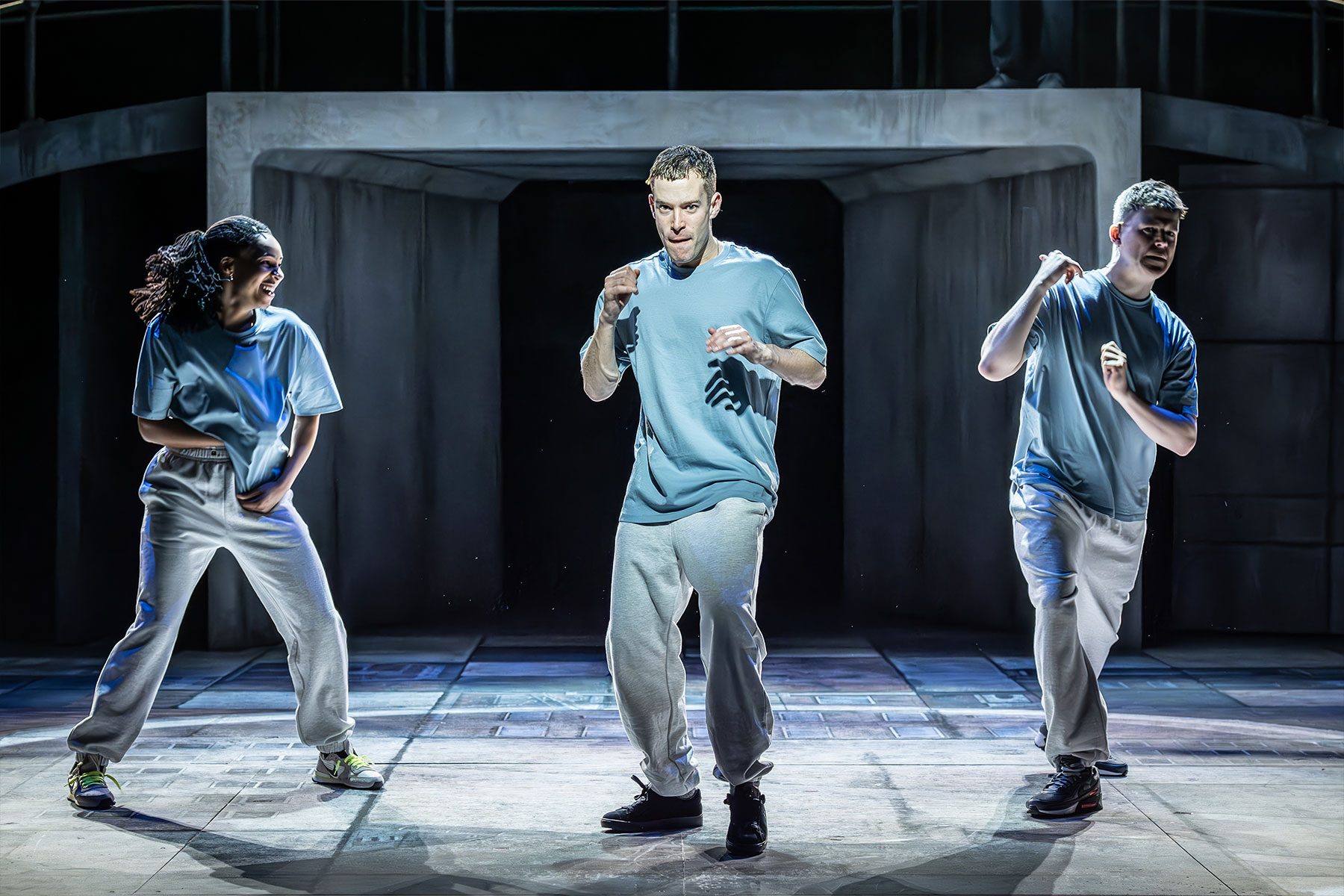Five fascinating facts about the Yorkshire Ripper investigation dramatised by New Diorama Theatre

After an initial run at the Edinburgh Festival Fringe, Olivia Hirst and David Byrne's deep-dive into the true story of the Yorkshire Ripper arrives at the New Diorama Theatre – and we think it's well worth seeing. Find out from the makers of The Incident Room why you need to see the show at the London venue…
The five-year hunt for the Yorkshire Ripper was a watershed for policing in the UK. The case would ultimately break the British police force, and lead to the birth of modern policing.
As we've researched the play, and met many people who were involved with the police search, we've uncovered parts of the investigation that have faded from public memory. Here are five parts of the extensive investigation that even some journalists that covered the case missed:
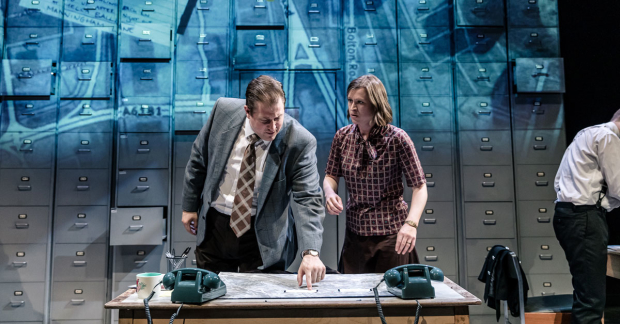
1. Bletchley Park codebreakers played their part
During the Second World War, codebreakers from Bletchley Park created a formula to locate airfields on mainland Europe. They discovered that planes dropping bombs early in the morning were likely to be coming from closer airfields, as they had less time to fly back under darkness – whereas bombers dropping earlier in the evening could afford to come from airfields further away.
Using the same theory, detectives decided that murders taking place late at night were likely to be closer to the killer's home – and those earlier in the evening were probably further from where the murderer lived. Mathematically they calculated the man they were hunting likely lived between Bradford and Leeds. It's only once he was caught that they realised how close they were – Peter Sutcliffe lived only streets away from the location they'd pinpointed.
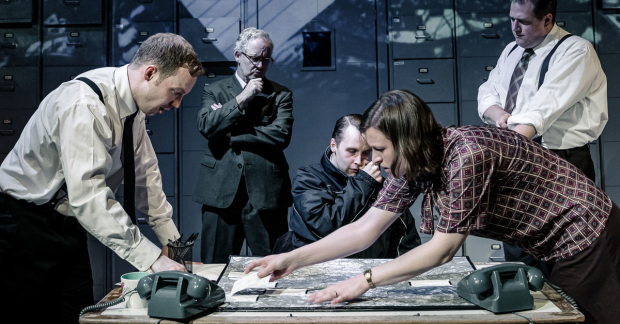
2. They were sure they'd caught the Ripper early on
Early on, detectives leading the case were sure they'd caught their man. Taxi driver Terrance Hawkshaw had been seen near the scenes of many of the murders, and knew several of the victims. The detectives were so certain that they kidnapped Terrance and interviewed him in an empty police training school. Even after he provided airtight alibis, police were still sure it was him – and actively included him in future investigations – even when Terrance didn't fit the profile.

3. Before DNA and CCTV, they were breaking forensic ground
When an audio cassette was sent to the police with a haunting voice claiming to be the killer, the police undertook extensive forensic testing on the tape itself and the envelope it was sent in. The cassette tape was actually put together from different parts of separate tapes – in order to evade detection.
While the person who made and recorded the tape left no fingerprints, the police found a single grain of custard powder, meaning it had likely been put together in someone's home kitchen.
For the first time ever, they also managed to extract saliva from the seal on the envelope and found that, whoever had licked it shut, had one of the rarest blood types in the country – shared by only 6% of the population.
The tape turned out to be a hoax and the hoaxer – John Humble – was caught in 2005. He called the police incident room at the time, imploring police to believe the tape was just a hoax. They didn't believe him.
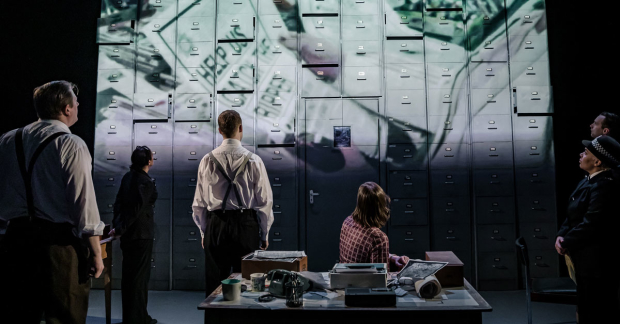
4. The new police station was almost destroyed by the investigation
The Millgarth Police Station, Leeds, where our play The Incident Room is set, was brand new when the investigation started. But the millions of pieces of paper amassed from the various enquiries put undue pressure on the structure of the building itself, and the floor almost collapsed – literally – under the weight of the investigation.
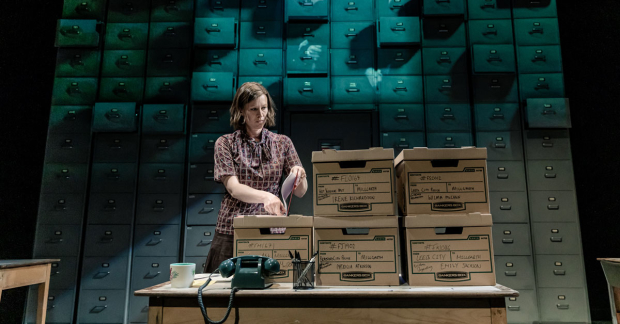
5. Peter Sutcliffe was picked up and interviewed nine times
The Incident Room goes into forensic detail about each of the police's audacious investigations – including trying to track a single five pound note through the whole currency system, and tracking the license plates of millions of cars. Different strands of the investigation brought them to Peter Sutcliffe's door. The police interviewed him nine times in total, but each time he managed to slip through the net.
Sound intriguing? If true crime and intense thrillers are your thing, be sure to catch The Incident Room at the New Diorama Theatre from 11 February to 14 March.





